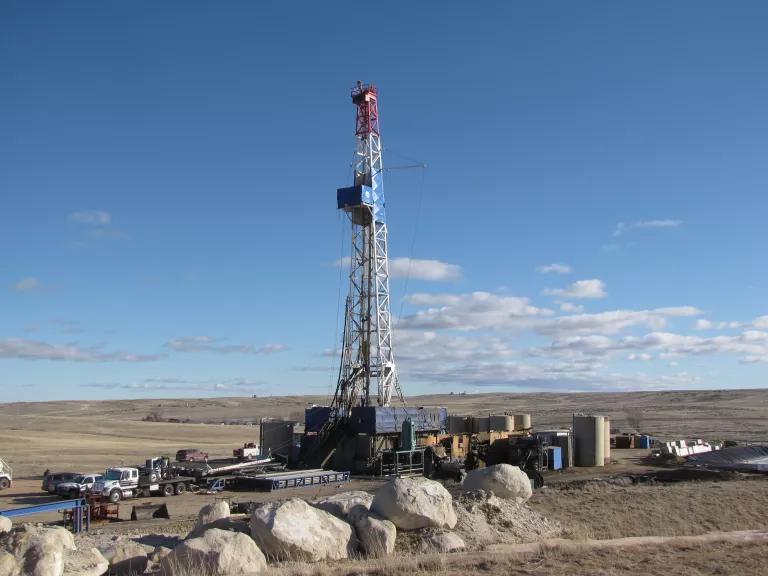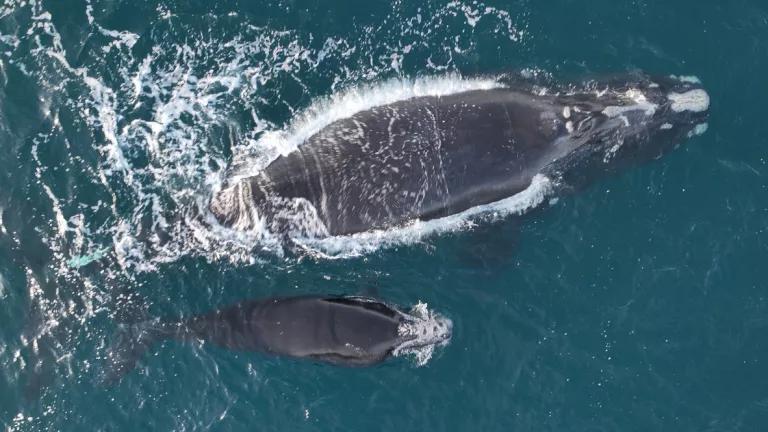Services Move to Restore ESA Protections—But More Needed
The Biden Administration has proposed to reverse two Trump-era rules that undermined habitat protections for species listed under the Endangered Species Act. While this is a significant step in the right direction, there is more work to be done to reverse the damage done during Trump's term.

Critical habitat designation adds a layer of protection for fragile and threatened ecosystems that support listed species.
UPDATE: The public has until December 13, 2021, to comment on the Biden Administration's proposal to restore important ESA protections undermined by the Trump Administration. Many groups have already come out in full support, including NRDC and a coalition of environmental groups represented by Earthjustice. California Attorney General Rob Bonta, on behalf of a coalition of states and cities, has also urged the administration to finalize its proposal.
The U.S. Fish and Wildlife Service and National Marine Fisheries Service (“Services”) have released their long-awaited proposals to rescind some of the harmful Endangered Species Act (ESA) regulations enacted by the Trump Administration. While this is a huge step in the right direction—especially for habitat protections—more action is needed to undo the damage done over the last four years.
In the waning days of the Trump Administration, the Service pushed through a pair of regulations that made it harder to protect “critical habitat.” This term refers to designated areas that species need to survive and recover. Once designated, protections apply to the area that are designed to ensure that the federal government does not conduct or approve activities that are likely “destroy or adversely modify” the habitat.
The first Trump rule, finalized on December 15, 2020, created a new definition of “habitat” that applies to critical habitat designations. This is significant because in order to be considered “critical habitat,” an area must first constitute “habitat.” But before this rule, the Service had not defined the latter term.
The Service’s rule defined “habitat” based on an area’s current capacity to support a species. This limits the Service’s ability to proactively designate and protect habitat in ways that are important for species survival and recovery. For example, some species are endangered because their habitat has been destroyed or degraded, meaning the areas require restoration to support the species. The Service might not be able to designate prime areas for restoration just because the species could not currently live there. Or the Service might not be able to designate other areas that will become suitable for a species in the future, whether through climate change or natural processes.
The second Trump rule governed the process by which the Service can exclude certain areas from critical habitat designation. The ESA permits the Service to exclude an area where it finds that the benefits of exclusion outweigh the benefits of designation. Whereas the Service once had significant discretion in how it conducted this analysis, the second Trump rule requires the Service to defer to economic analyses conducted by states and local governments, as well as industry special interests that often oppose critical habitat designation.

Trump's critical habitat rules would have allowed the Service to exempt federal lands from designation as critical habitat, likely opening up these areas to more exploitation.
Because both rules made it more difficult to protect the areas that listed species need to thrive, NRDC and our partners sued the Services in January 2021, represented by Earthjustice. The Services later asked the court to put those lawsuits on hold so it could consider whether they wanted stand by the rules. And in a huge victory for listed species in their habitat, the Biden administration has now proposed to rescind both rules in their entirety, restoring stronger habitat protections.
The bad news is that many other changes enacted by the Trump administration as part of its 2019 Extinction Package remain on the books. And at the moment, the Biden Administration has not proposed to change many of them. NRDC and our partners filed a separate lawsuit in August of 2019 challenging these and other Trump-era changes. We are pressing forward with that lawsuit, asking a court to strike down the unlawful changes. But it is still possible that the Biden administration will decide to revoke these harmful regulations to protect species, as they have with the 2020 critical habitat regulations. Check back for updates as this story continues to unfold.




